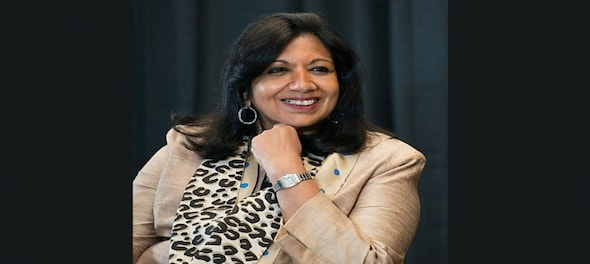
As the financial year 2023-24 draws to a close, a relatively new type of tax has emerged in public discourse, capturing headlines. Referred to as the 'Pink Tax,' this phenomenon has garnered attention after Biocon Chief Kiran Mazumdar-Shaw shared a video, shedding light on its intricacies. The concept prompts an important question: What exactly does the pink tax mean?
While not as prevalent in India, the pink tax denotes the markup on goods and services specifically marketed towards women. However, men typically pay less for similar or identical products and services. The issue gained significant traction back in 2015 when the New York City Department of Consumer Affairs examined 794 products sold across the city, revealing numerous instances of gendered pricing discrepancies across various categories. Researchers have been studying and analysing this phenomenon since the 1990s.
A recent video shared by Kiran Mazumdar-Shaw on Twitter highlighted the difference in price points between products marketed towards men and women. For instance, the video showcased identical lip balms from the same company and size, with women being charged Rs 250 while men paid only Rs 165. Sharing the video on X, Kiran Majumdar Shaw said, "Pink Tax! A shameful gender bias that women must respond to by shunning such products!"
Pink Tax! A shameful gender bias that women must respond to by shunning such products! pic.twitter.com/U3ZQm2s7W9
— Kiran Mazumdar-Shaw (@kiranshaw) March 12, 2024
Citizens in the United States and several European countries vocally opposed the pink tax, advocating for its removal. To understand the underlying causes of this phenomenon, several factors have been proposed.
One suggested reason behind the pink tax is price elasticity, with the belief that women are more willing to pay higher prices for their purchases compared to men. Additionally, product differentiation plays a role, with slight modifications to products leading to higher costs. For example, a pink version of a product may cost more to produce than its standard counterpart.
The pink tax also extends to services such as haircuts and dry cleaning, where women often face higher prices than men for similar services. The variability in women's clothing as compared to men's is cited as a reason behind higher dry cleaning costs for women's apparel.
The pricing due to the pink tax places an economic burden on women. It highlights the existing gender disparities, particularly in earnings. Recognising the detrimental impact of the pink tax, the United Nations has called for global efforts to eliminate this practice, aiming for equal participation of women in the economy.
(Edited by : Sudarsanan Mani)
Check out our in-depth Market Coverage, Business News & get real-time Stock Market Updates on CNBC-TV18. Also, Watch our channels CNBC-TV18, CNBC Awaaz and CNBC Bajar Live on-the-go!


Telangana CM violated poll code, defer Rythu Bharosa payment, says Election Commission
May 7, 2024 9:01 PM
Lok Sabha Election 2024: How Indian political parties are leveraging AI
May 7, 2024 6:59 PM

